Filter by
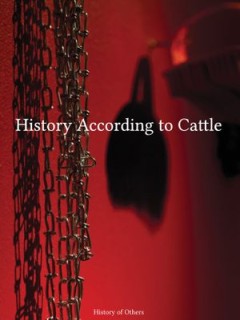
History According to Cattle
History According to Cattle is an expanded account of the acclaimed art and research project History of Other’s first major installment, The Museum of the History of Cattle (2013). The exhibition presents a large-scale ethnographic museum of world history as seen from the perspective of cattle, one of the most important companion species of humans. Thus, The Museum of the History of Cattle is…
- Edition
- -
- ISBN/ISSN
- 9789522644268
- Collation
- 160 halaman
- Series Title
- -
- Call Number
- 708 HIS
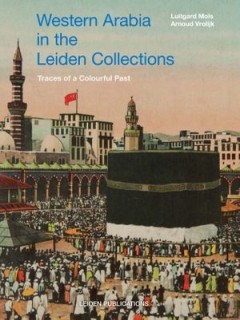
Western Arabia in the Leiden Collections. Traces of a Colourful Past
"In the late nineteenth and early twentieth century Dutch diplomats, scholars and travellers assembled unique collections in Jeddah, Mecca and Medina. The Dutch presence in Arabia, where they established a consulate in Jeddah, was intimately connected with the supervision of the annual pilgrimage to Mecca from the Netherlands East Indies, present-day Indonesia. Notable guests at this consulate …
- Edition
- -
- ISBN/ISSN
- 9789087282592
- Collation
- -
- Series Title
- -
- Call Number
- 297 MOL w
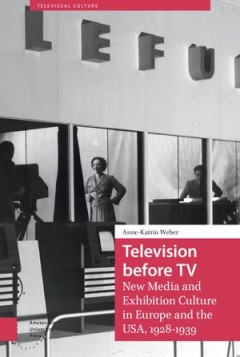
Television before TV: New Media and Exhibition Culture in Europe and the USA,…
Television before TV rethinks the history of interwar television by exploring the medium’s numerous demonstrations organized at national fairs and international exhibitions in the late 1920s and 1930s. Building upon extensive archival research in Britain, Germany, and the United States, Anne-Katrin Weber analyses the sites where the new medium met its first audiences. She argues that public d…
- Edition
- -
- ISBN/ISSN
- 9789048544813
- Collation
- -
- Series Title
- -
- Call Number
- 791.45 WEB t
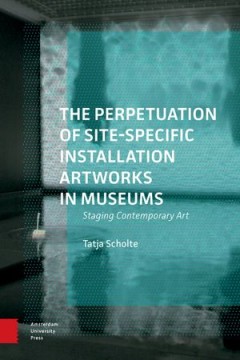
The Perpetuation of Site-Specific Installation Artworks in Museums: Staging C…
Site-specific installations are created for specific locations and are usually intended as temporary artworks. The Perpetuation of Site-Specific Installation Artworks in Museums: Staging Contemporary Art shows that these artworks consist of more than a singular manifestation and that their lifespan is often extended. In this book, Tatja Scholte offers an in-depth account of the artistic product…
- Edition
- -
- ISBN/ISSN
- 9789048554546
- Collation
- -
- Series Title
- -
- Call Number
- 708 SCH p

Walk On The Beach: Things From The Sea, Volume 1
This volume brings together writing and imagery from the experimental “beachwalk” session(s) at the Third Biennial Meeting of the BABEL Working Group, On the Beach: Precariousness, Risk, Forms of Life, Affinity, and Play at the Edge of the World. We began with conversations about the sea. We meditated together on chance, discovery, agency, beauty, and material ecology. We talked about the d…
- Edition
- -
- ISBN/ISSN
- 9780692707647
- Collation
- -
- Series Title
- -
- Call Number
- 701.1 WAL w
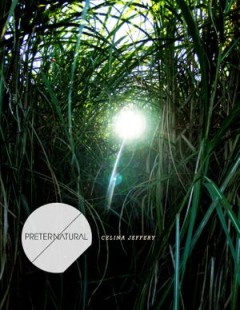
Preternatural
The preternatural, as explored by these artists, disturb the ontological boundaries of art, nature and metaphysics. They exist within the folds of classificatory thresholds: both beyond and between nature and supernature; human and animal; vegetable and mineral; living and dead. The confusion between animate and inanimate is a primary concern, a surreality which unites with the preternatural’…
- Edition
- -
- ISBN/ISSN
- 9781105245022
- Collation
- -
- Series Title
- -
- Call Number
- 700 JEF p
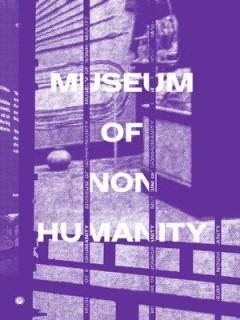
Museum of Nonhumanity
Museum of Nonhumanity is the catalogue for a full-size touring museum that presents the history of the distinction between humans and animals, and the way that this artificial boundary has been used to oppress human and nonhuman beings over long historical periods. Throughout history, declaring a group to be nonhuman or subhuman has been an effective tool for justifying slavery, oppression, med…
- Edition
- -
- ISBN/ISSN
- 9781950192113
- Collation
- -
- Series Title
- -
- Call Number
- 708 HAA m
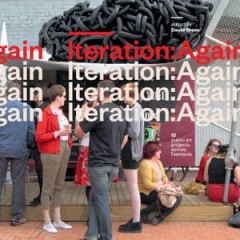
Iteration:Again: 13 Public Art Projects across Tasmania
Iteration:Again documents and reflects upon a series of thirteen temporary public art commissions by twenty-one Australian and international artists that took place across Tasmania from September 18 to October 15, 2011. Produced by Contemporary Art Spaces Tasmania and David Cross, in conjunction with seven partner curators, Iteration:Again presents a compelling array of temporary artworks in la…
- Edition
- -
- ISBN/ISSN
- 9780615811147
- Collation
- -
- Series Title
- -
- Call Number
- 700 ITE i

Elemental Disappearances
The things sought after here are apparitional: they appear and disappear at will; they perfect the art of materialization and vanishing. Such is the nature of living dangerously, and with it the short duration of enchantment. This collection tracks provocative ideas, artifacts, and phenomena rising and fading across different territories of the contemporary world. Through a constellation of pow…
- Edition
- -
- ISBN/ISSN
- 9780998237558
- Collation
- -
- Series Title
- -
- Call Number
- 700 LUK e
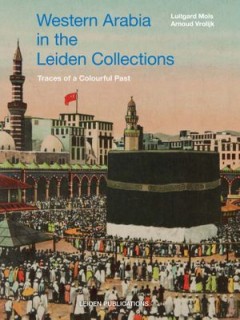
Western Arabia in the Leiden Collections. Traces of a Colourful Past
"In the late nineteenth and early twentieth century Dutch diplomats, scholars and travellers assembled unique collections in Jeddah, Mecca and Medina. The Dutch presence in Arabia, where they established a consulate in Jeddah, was intimately connected with the supervision of the annual pilgrimage to Mecca from the Netherlands East Indies, present-day Indonesia. Notable guests at this consulate …
- Edition
- -
- ISBN/ISSN
- 9789087282592
- Collation
- -
- Series Title
- -
- Call Number
- 708 MOL w
 Computer Science, Information & General Works
Computer Science, Information & General Works  Philosophy & Psychology
Philosophy & Psychology  Religion
Religion  Social Sciences
Social Sciences  Language
Language  Pure Science
Pure Science  Applied Sciences
Applied Sciences  Art & Recreation
Art & Recreation  Literature
Literature  History & Geography
History & Geography